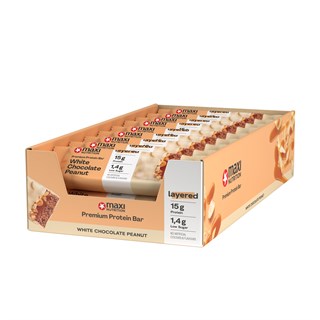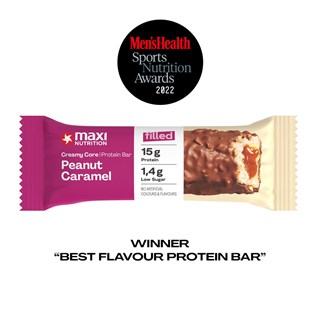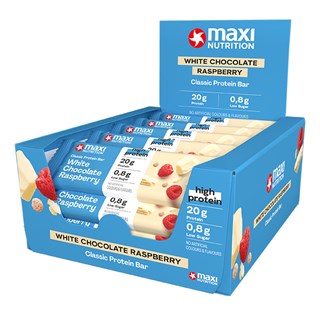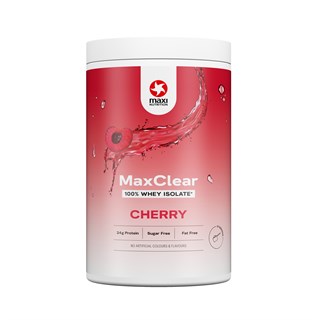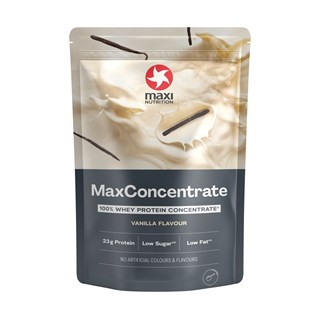The 3 P's Of Protein
At Maximuscle we believe the 3 P’s of Protein, Preparation and Portion Control may help guide you in the right direction to have a successful and healthy balanced diet that will benefit your personal goal.
Protein
Protein can be obtained from a variety of sources like chicken, beef, soya and beans and is an essential nutrient which your body requires every day to function. When broken down it provides amino acids which are considered building blocks, essential for the growth and maintenance of muscle. Your body’s protein needs are based on body weight rather than calorie intake, with the UK Food Standards Agency recommending that adults consume 0.8g per kg of body weight per day. From an exercisers point of view, protein supports muscle retention and growth and the more active you are the more you require. As such, your protein intake should increase to 1-2g per kg of body weight per day and research suggests splitting this into 20-40g servings every 3 hours to optimise the benefits.
Preparation
Your diet is an important factor when you’re trying to achieve your goal of a better body and there is a famous quote “by failing to prepare, you are preparing to fail”. Planning is probably the most important thing you can do to assist you in choosing the right foods. Follow these tips to help you prepare to win.
- Plan your diet and what you require for your goal.
- Make a shopping list of what you need; you’ll be less tempted to stray from that list.
- Don’t go food shopping on an empty stomach; you may buy items you don’t need.
- Prepare your meals in advance or have health snacks with you if eating away from home.
- Keep a food diary of what you eat and drink; you’ll know if you’re going wrong.
Portion Control Tips
Your bodyweight and the goal you’re trying to achieve will dictate how many calories you require per day. Once you know your required calorie intake, divide this into 5-6 meals/snacks each day, providing breakfast, lunch and dinner with snacks mid-morning, mid-afternoon and before bed if required. Research has found that portion sizes have doubled over the last 20 years, it’s therefore important to consume suitable meal sizes, so before cooking reduce your plate size to a smaller one, as a larger plate will be filled with more food.
When deciding how much food to put on your plate, consider using the following guidelines to keep your portion sizes under control. These portion control tips work by using your hand shape and size to provide portion amounts for various food types per plate.

The palm of your hand (thickness and size)
Best for: Chicken, pork, beef, fish & tofu

A handful
Best for: Fruit & vegetables

Closed fist
Best for: Rice, pasta, potatoes & cereals

Thumb
Best for: Hard cheese, peanut butter, salad dressing and sauces

The tip of your thumb
Best for: Oil, margarine & butter






